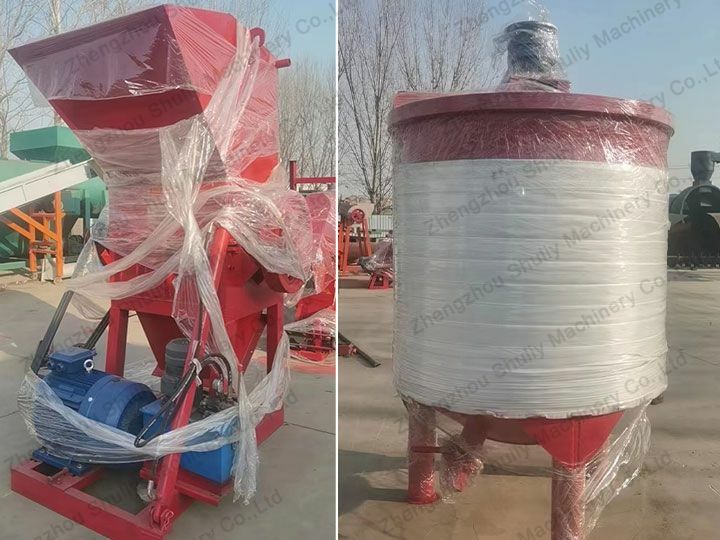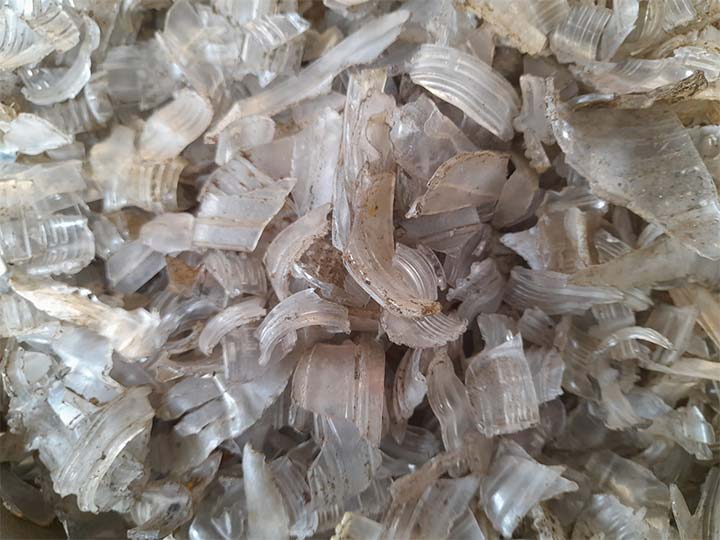The prospect of PET bottle recycling is promising
From a macro perspective, the prospects of the plastic water bottle recycling industry are very optimistic. The main recycling industries include waste metal recycling, waste paper recycling, waste rubber recycling, and waste plastic recycling. In the past, the reuse rate of waste metal can reach 70-80%, waste rubber can reach 47%, and waste paper 20-30%. However, the reuse rate for plastic is less than 30%.
But today, with the increasing awareness of environmental protection at home and abroad and the continuous innovation and research and development of the recycling technology of PET waste plastic bottle flakes, the trend of plastic bottle recycling has been derived, and the recycling rate of plastic bottles has been greatly improved.
According to relevant statistics, the recycling rate of PET waste plastic bottles is increasing rapidly, so that various industries are not hesitating to reduce their own profits in order to compete for recycled plastic bottle resources. From the current point of view, waste plastic bottle resources in various regions at home and abroad are becoming increasingly tense. Has gradually affected related packaging, textile, and other industries.
Every day, millions of Americans drink mineral water and beverages in plastic bottles. Every day, more than 60 million used plastic bottles are discarded in landfills or incinerators. So several entrepreneurs in the United States came up with a way to recycle plastic bottles before making shoes.
A start-up company in San Francisco uses recycled plastic bottles to create women’s shoes made of plastic, which are both fashionable and under the brand name Rothy’s. Sterilize these bottles, wash them with hot water, cut them into pieces, and squeeze them into soft filaments. “These fibers will then be put into a 3D knitting machine to minimize waste in the shoemaking process. After that, the woven shoe upper, insole, and solely made of carbon-free rubber are assembled together.
The founder said: “We will not be short of plastic bottles in the short term, so our raw material supply can be said to be endless. I think this also indicates that our prospects are optimistic.”
Once these environment-friendly shoes are worn out, customers can send the shoes to another company for free, recycle them, and make them into other products.


